Restoring soil ecosystems
One of the highlights is the Group C project implemented in Ham Thuan Nam district and the old Duc Linh district from 2021 to June 9, 2026 with a total investment of 49.6 billion VND. Of which, 43.383 billion VND is non-refundable funding and 6.226 billion VND is from the provincial budget counterpart fund. The project focuses on applying science to restore the ecological capacity of the land, improve the livelihoods of people in drought-affected areas, and move towards climate-adaptive and environmentally friendly agriculture .
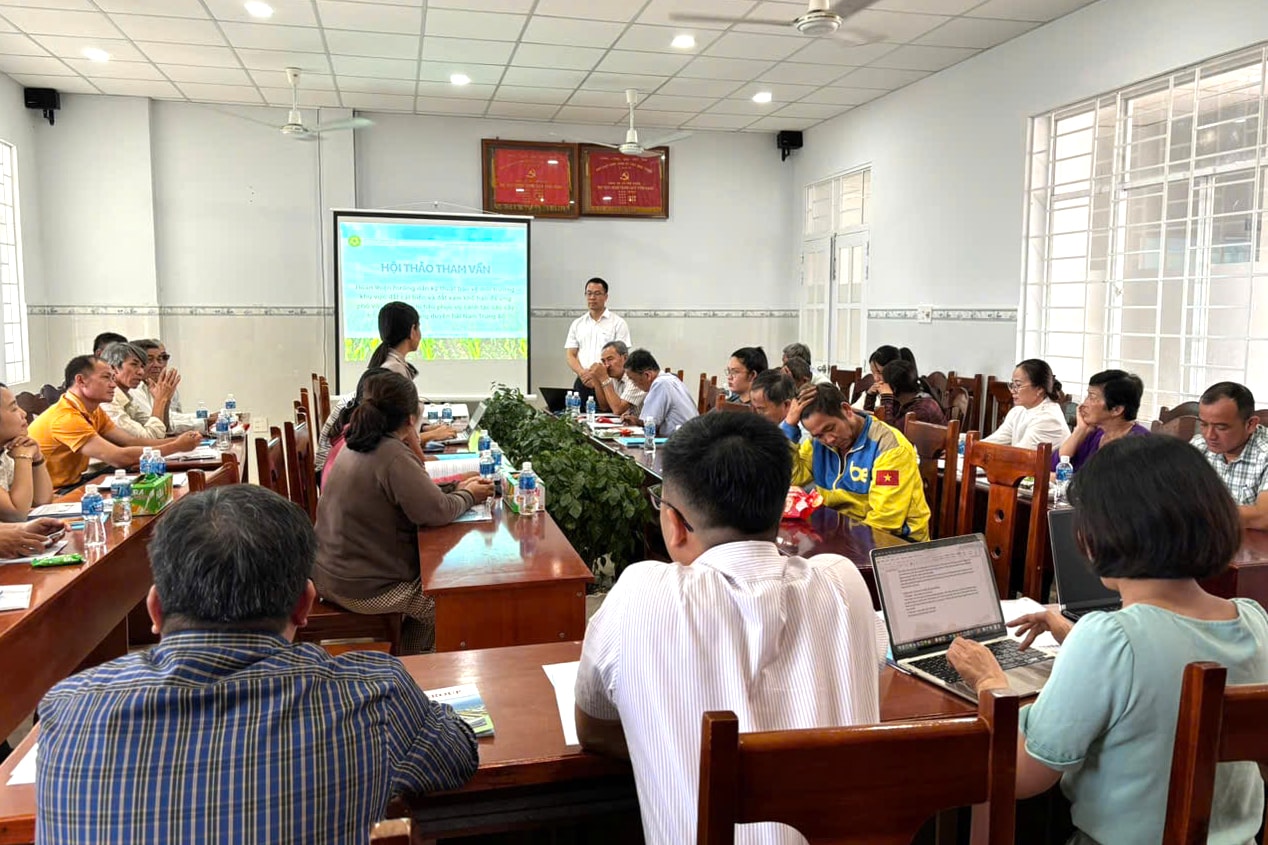
In recent years, the province has paid special attention to restructuring the agricultural sector towards ecological and sustainable development. In particular, it focuses on transforming the structure and varieties of crops and livestock, adjusting crop seasons, applying production techniques adapted to climate change, combined with improving knowledge for people in areas vulnerable to climate change, ensuring sustainable livelihoods.
Along with that, developing the carbon market is considered an important direction. Localities, especially coastal areas, highland areas and vulnerable areas, proactively develop plans to prevent and minimize damage caused by natural disasters. At the same time, upgrading the reservoir system, planting coastal protection forests and upstream protection forests along with protecting flood drainage space in river basins are essential solutions. In addition, strengthening environmental protection, inspection, examination and strict handling of violations in the field of environmental management to effectively prevent pollution and resource degradation.
In October 2025, in Ham Liem commune (Lam Dong), the Vietnam Academy of Agriculture in collaboration with the Department of Agriculture and Environment continued to organize a workshop to summarize the pilot model "Environmental protection of sandy soil and arid gray soil". The results showed that the pilot farming model on corn and mango implemented in Ham Liem commune has initially brought about economic and ecological efficiency.
According to the assessment of the technical staff implementing the model, with corn, covering with straw combined with biological products helps increase dry grain yield by 16.5%, profits increase by 15.8%, while significantly reducing irrigation and weeding work. Soil moisture is maintained more stable, biological activity in the soil is significantly improved. With mango, the model of intercropping with black beans, covering with straw and organic fertilizer helps increase yield by 11.9%, the rate of grade 1 fruit reaches 64.1%, profits increase by 12.2%, while the soil becomes loose, retains moisture well and the soil structure is more sustainable.
Farmers participating in the model shared that previously the soil was dry and hard, grass grew quickly, and they had to be watered a lot but it was still ineffective. Now, thanks to mulching and organic fertilizers, the soil is “softer”, moist for longer, grass grows less, watering is less frequent, the plants bear fruit more evenly and stably, helping the plants grow healthy and reducing risks during the dry season.
“The success of the model is not only in productivity or profit, but in the fact that science has truly worked with farmers to create sustainable change.”
Dr. Ngo Thanh Son - Vietnam Academy of Agriculture.
Promoting the "4 houses" linkage
Mr. Pham Dinh Vuong - Vice Chairman of Ham Liem Commune People's Committee commented: "The results of the model have proven that if we combine science and technology with local experience, our arid land can still be revived. The commune government is committed to accompanying the people and scientific units to expand the model. This is not only the right direction for agricultural production, but also the way we protect land and water resources for future generations."
At this workshop, scientists, technical staff and local authorities all agreed on the direction of maintaining and replicating the model according to the "4-house" linkage: State, scientists, farmers and businesses. Technical staff will continue to accompany farmers in the spirit of "working together - checking together - seeing together" to guide on the field to ensure the model promotes practical effectiveness. Local authorities committed to supporting irrigation water, materials and small credit, creating favorable conditions for expanding the model. Enterprises and cooperatives are encouraged to participate in the value chain of production and consumption of products, helping people feel secure in farming, while forming a "clean - sustainable - green" agricultural product brand.
Source: https://baolamdong.vn/hieu-qua-tu-nhung-mo-hinh-canh-tac-thich-ung-bien-doi-khi-hau-399732.html


![[Photo] Ca Mau "struggling" to cope with the highest tide of the year, forecast to exceed alert level 3](https://vphoto.vietnam.vn/thumb/1200x675/vietnam/resource/IMAGE/2025/11/04/1762235371445_ndo_br_trieu-cuong-2-6486-jpg.webp)
![[Photo] The road connecting Dong Nai with Ho Chi Minh City is still unfinished after 5 years of construction.](https://vphoto.vietnam.vn/thumb/1200x675/vietnam/resource/IMAGE/2025/11/04/1762241675985_ndo_br_dji-20251104104418-0635-d-resize-1295-jpg.webp)
![[Photo] Panorama of the Patriotic Emulation Congress of Nhan Dan Newspaper for the period 2025-2030](https://vphoto.vietnam.vn/thumb/1200x675/vietnam/resource/IMAGE/2025/11/04/1762252775462_ndo_br_dhthiduayeuncbaond-6125-jpg.webp)
![[Photo] Ho Chi Minh City Youth Take Action for a Cleaner Environment](https://vphoto.vietnam.vn/thumb/1200x675/vietnam/resource/IMAGE/2025/11/04/1762233574890_550816358-1108586934787014-6430522970717297480-n-1-jpg.webp)


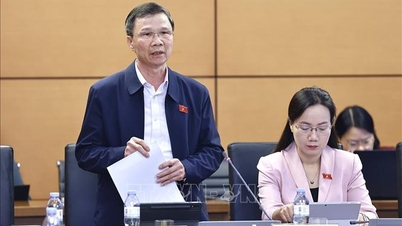

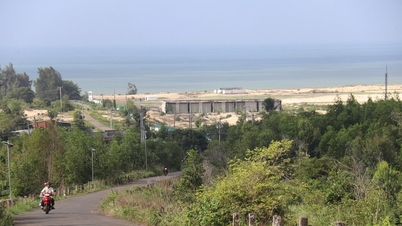
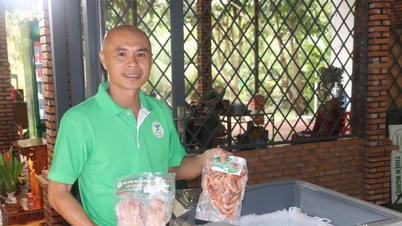




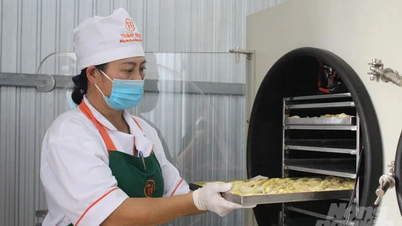

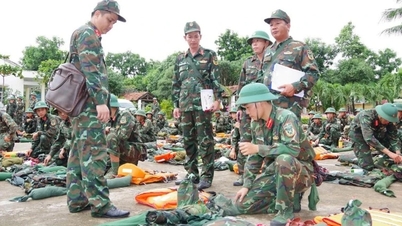



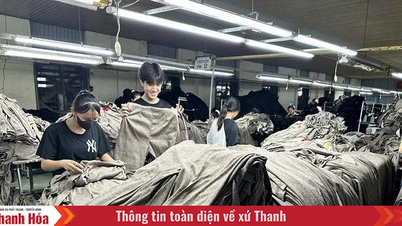








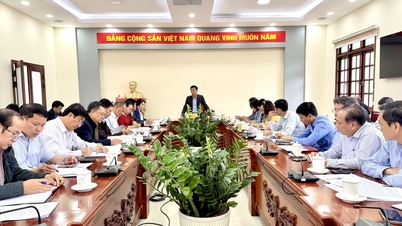
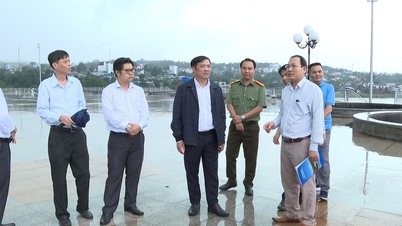




































































Comment (0)